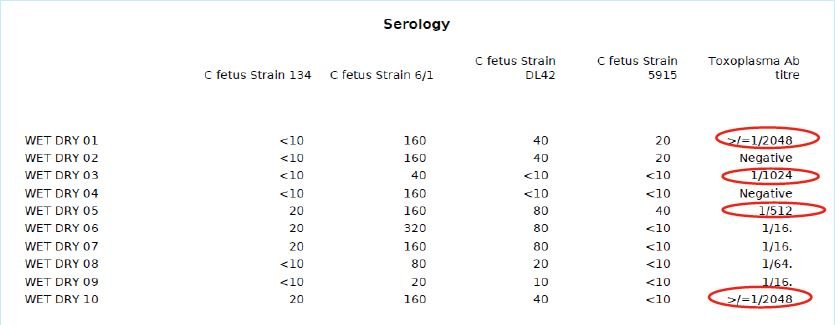I hear there is no capsules this year – what do I do?
/“So no Bionic capsules this pre-lamb, what do we do?” This is the most common question for a vet that has just walked in the door of a country pub at present.
Notwithstanding “you don’t need a weatherman to know which way the wind blows”, this is my attempt to address the question.
Two pathways exist
1. The “Fatter ewes and prioritise quality feed at key times” option.
Plan to feed twinning ewes quality protein and energy post shearing to set stocking. This is the time to line it up. Is there time to spray out and drill some Autumn rape, Italian or ryecorn for twinning ewes? Is now the best return on grain feeding? The buffer that fat and muscle storage provides ewes pre-winter is considerable with respect to…everything health and production wise. Light ewes in May often go away - to a non-productive land, a dog freezer in August, and/or hand in one scrawny orphan lamb at weaning.
Lighter ewes take more feeding to get back on track. The extra energy required to lift a 2 body condition score (BCS) ewe to 2.5 BCS is around 71Megajouls of metabolizable energy. In practical terms that is ~7.5kg of barley or 300g of barley over 25days + maintenance grass. To fatten a BCS 2.5 to optimum BCS 3.0 takes and extra 14 MJME = 1.5kg of barley or 100g over 15 days + maintenance grass. (Incidentally the cost of the barley for lifting ewe condition is about the same price as that plastic pill thing we used to give them). So it is much more cost effective to get ewes up to weight from weaning to mating with a good rotational pick of quality grass. Take out the light ewes for a late summer holiday on 4cm of green leafy grass or a daily golden figure 8 of grain….very helpful imagery. Targeting lighter ewes will make the best use of feed. The BCS 3 ewes do not need the extra feed and can be held on drier summer feed.
2. Option “two jabs”- instead of a capsule
Use long acting moxidectin and smart shot B12-Se this year as an alternative to capsules. If moxidectin has good efficacy against your worm population the drench response with respect to less dags, better condition ewes and heavier lambs at weaning will be the similar to capsules. Half of the benefit of a capsule comes from the cobalt and selenium in some cases, so using 1.5mL dose of smartshot B12+Se will deliver what a capsule does.
To work out if La injection is going to work for you this year you can do some drench checks with some moxidectin injection on lambs this autumn. Do a pre-count, inject lambs with cydectin, do an egg count 10-14 days later. If the results show leaking eggs post drench, you are probably not going to get good efficacy out of LA injection in ewes pre-lamb.
Targeting twinning ewes and 2 tooths with LA injection would be the way to go. It is just for this year that the capsules are out so this will not wreck your farm drench status. Capsules will make some sort of come back next year…
The January and February dry conditions do mean there are potentially some “ordinary” ewes out there. They don’t always bounce back that quickly on a resurgent grass growth following the rain. Ironically worm larval challenge may spike this March. Oral drench to light ewes and 2 tooths will be beneficial this pre tup period if that is the case.
Summary of no capsules
Great opportunity to feed ewes better.
Improve animal health and reduce spending on chemicals and more on feed.
Use LA injection and Smart shot instead. Monitor moxidectin efficacy first this autumn.
Practice worm avoidance farming with more cattle integration, forage crops for winter and legume-herb mixes for milking ewes. Can you avoid set stocking on Autumn lambing finishing blocks? If not run the cattle through first.
Culling light ewes that don’t respond to TLC.
Start the genetic journey of selecting for health traits and worm tolerance.
Look up the lyrics to Subterranean Homesick Blues for more insights.












